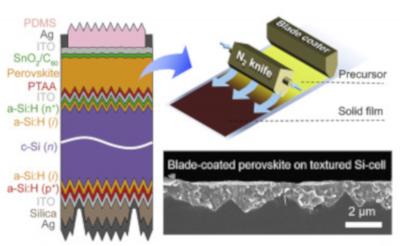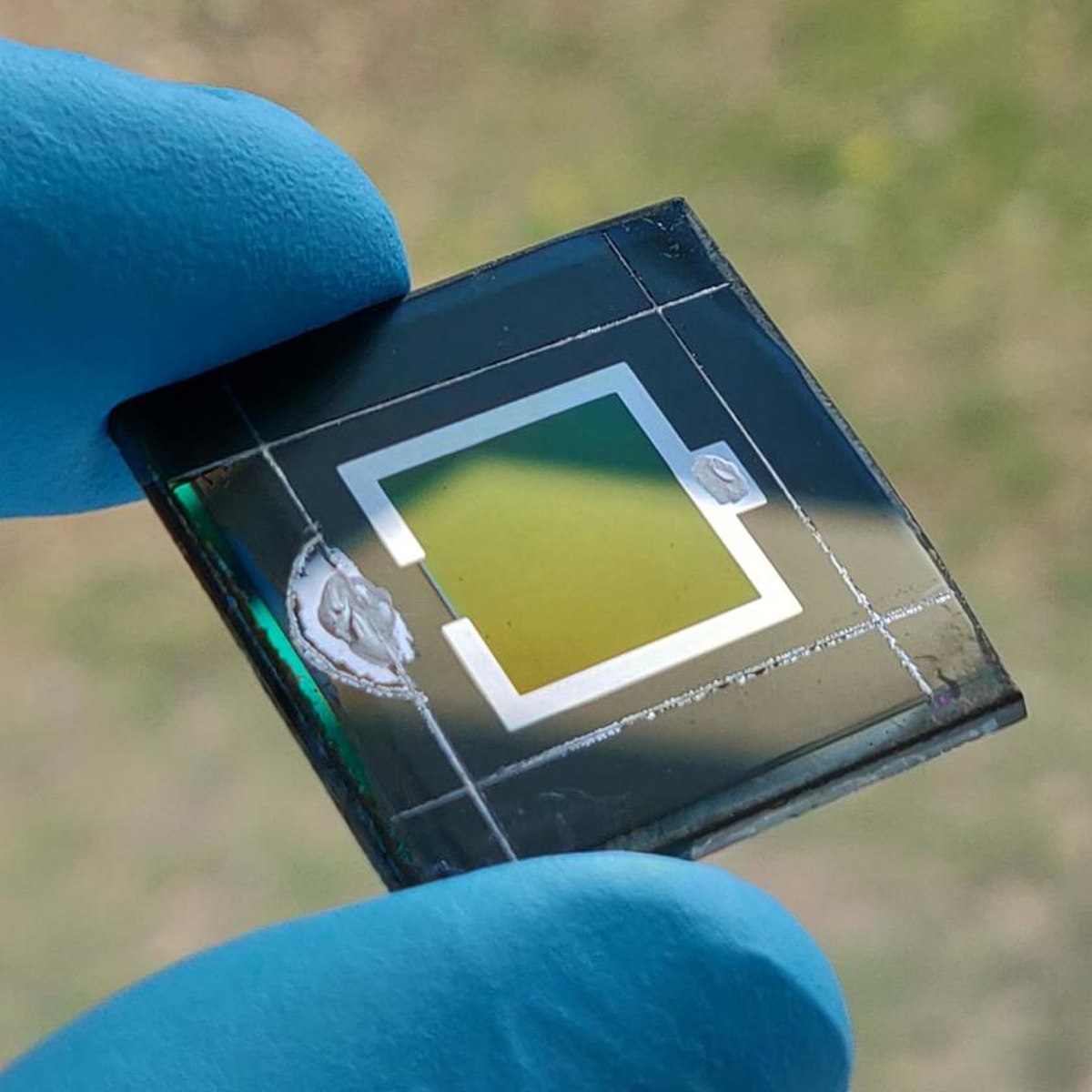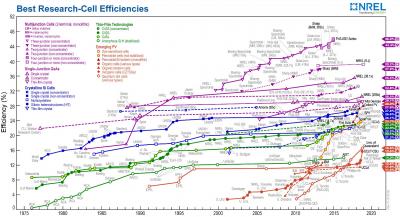Photoflexoelectric effect discovered in perovskites
Scientists from Nanchang University, Xi'an Jiao Tong University and Chongqing University in China, ICREA and ICN2 in Spain and North Carolina State University in the US have discovered that light can boost perovskites' ability to convert vibrations into electric currents, an effect called photoflexoelectricity, by more than 10,000%.
'This is the first time that the photoflexoelectric effect has been measured in any semiconductor,' says Gustau Catalán, a physicist at the Catalán Institution for Research and Advanced Studies. The property might not be exclusive to perovskites, he says, and might be found in other photovoltaic materials. This capability could someday yield new types of energy-harvesting devices that produce electricity from light and motion, such as body movements or the wasted mechanical vibrations of a motor.








